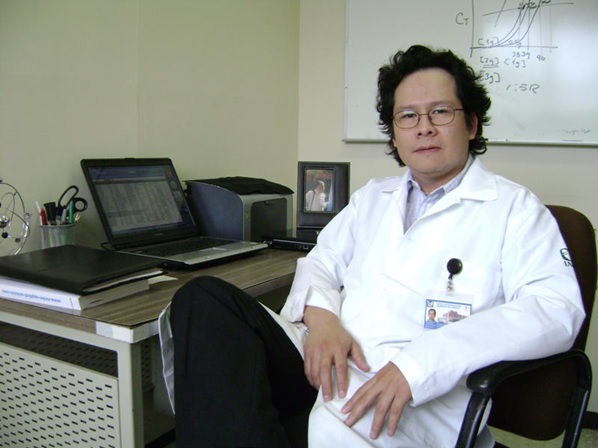
Hyperoxia-hypoxia exposure is a proposed cause of alveolar developmental arrest in bronchopulmonary dysplasia in preterm infants, where mitochondrial reactive oxygen species and oxidative stress vulnerability are increased. The aryl hydrocarbon receptor (AhR) is one of the main activators of the antioxidant enzyme system that protects tissues and systems from damage. The present study aimed to determine if the activation of the AhR signaling pathway by prenatal administration of indole-3-carbinol (I3C) protects rat pups from hyperoxia-hypoxia-induced lung injury. To assess the activation of protein-encoding genes related to the AhR signaling pathway (Cyp1a1, Cyp1b1, Ugt1a6, Nqo1, and Gsta1), pup lungs were excised at 0, 24, and 72 h after birth, and mRNA expression levels were quantified by reverse transcription-quantitative polymerase chain reaction assays (RT-qPCR). An adapted Ratner's method was used in rats to evaluate radial alveolar counts (RACs) and the degree of fibrosis. The results reveal that the relative expression of AhR-related genes in rat pups of prenatally I3C-treated dams was significantly different from that of untreated dams. The RAC was significantly lower in the hyperoxia-hypoxia group (4.0 ± 1.0) than that in the unexposed control group (8.0 ± 2.0; P








